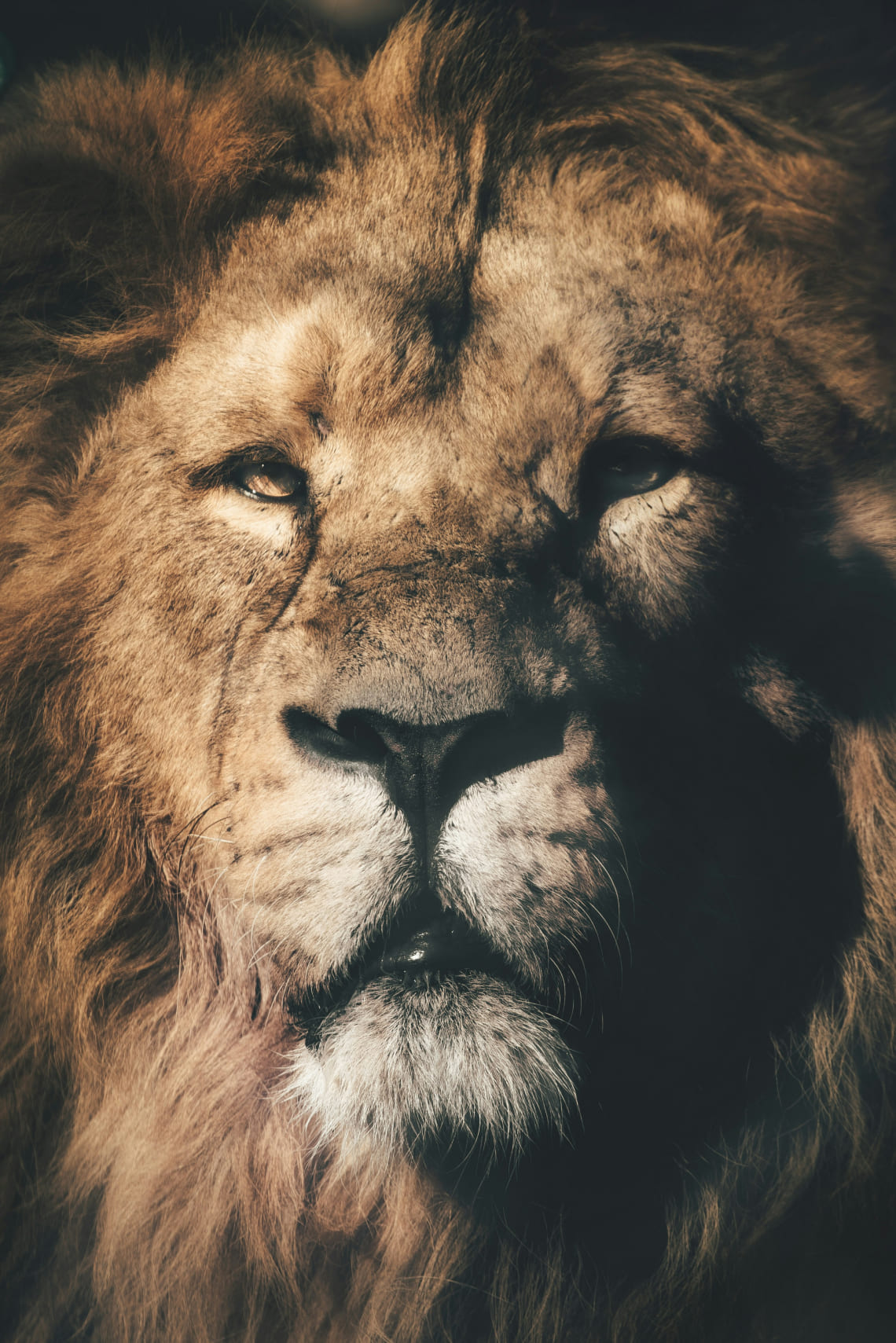
The lion, often referred to as the "king of beasts," has long been a symbol of strength, power, and majesty. For thousands of years, lions roamed vast territories across Africa, Europe, and Asia, their regal presence dominating ancient ecosystems. Their iconic golden mane and powerful roar have made them one of the most recognizable and revered creatures in human history.
Lions are unique among big cats due to their social nature, living in prides that rely on teamwork for hunting and protection. This cooperative structure enabled lions to thrive in diverse habitats, from savannas to forests. In ancient times, their predatory behavior was crucial in controlling herbivore populations, maintaining ecological balance.
Throughout human history, lions have held a prominent place in art, mythology, and culture. They were depicted as symbols of royalty and divine power, often associated with gods and rulers. In ancient Mesopotamia, Egypt, and Rome, lions were celebrated as protectors and warriors, embodying courage and authority.
Today, lions face significant challenges due to habitat destruction, human-wildlife conflict, and declining prey availability. Conservation efforts aim to preserve their legacy, ensuring that these magnificent animals continue to inspire future generations.